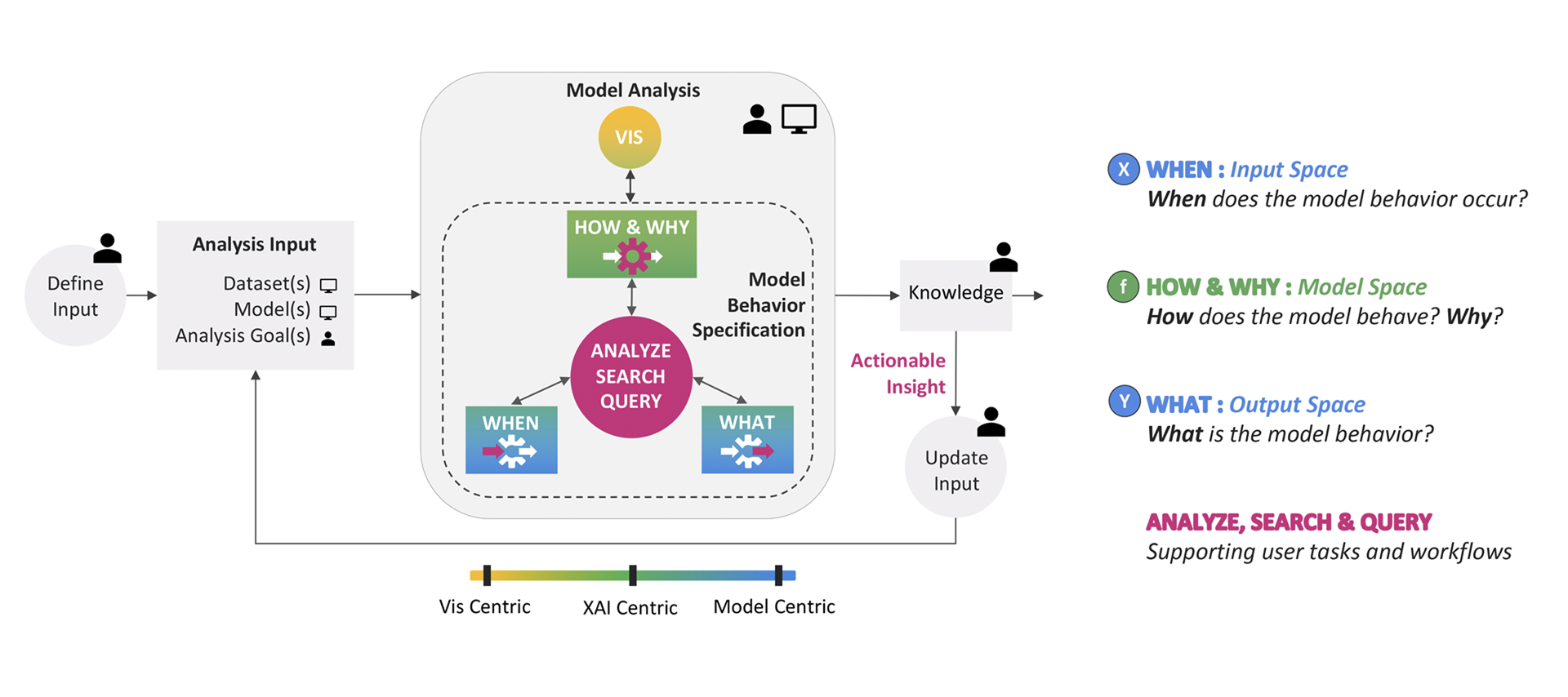The Transform-and-Perform framework: Explainable deep learning beyond classification
Vidya Prasad, Ruud J. G. van Sloun, Stef van den Elzen, Anna Vilanova, Nicola Pezzotti
DOI: 10.1109/TVCG.2022.3219248
Room: 109
2023-10-25T04:57:00ZGMT-0600Change your timezone on the schedule page
2023-10-25T04:57:00Z

Fast forward
Full Video
Keywords
Visual Analytics;Explainable AI;XAI;Framework;Deep Learning;High-dimensional-to-high-dimensional translation
Abstract
In recent years, visual analytics (VA) has shown promise in alleviating the challenges of interpreting black-box deep learning (DL) models. While the focus of VA for explainable DL has been mainly on classification problems, DL is gaining popularity in high-dimensional-to-high-dimensional (H-H) problems such as image-to-image translation. In contrast to classification, H-H problems have no explicit instance groups or classes to study. Each output is continuous, high-dimensional, and changes in an unknown non-linear manner with changes in the input. These unknown relations between the input, model and output necessitate the user to analyze them in conjunction, leveraging symmetries between them. Since classification tasks do not exhibit some of these challenges, most existing VA systems and frameworks allow limited control of the components required to analyze models beyond classification. Hence, we identify the need for and present a unified conceptual framework, the Transform-and-Perform framework (T&P), to facilitate the design of VA systems for DL model analysis focusing on H-H problems. T&P provides a checklist to structure and identify workflows and analysis strategies to design new VA systems, and understand existing ones to uncover potential gaps for improvements. The goal is to aid the creation of effective VA systems that support the structuring of model understanding and identifying actionable insights for model improvements. We highlight the growing need for new frameworks like T&P with a real-world image-to image translation application. We illustrate how T&P effectively supports the understanding and identification of potential gaps in existing VA systems.